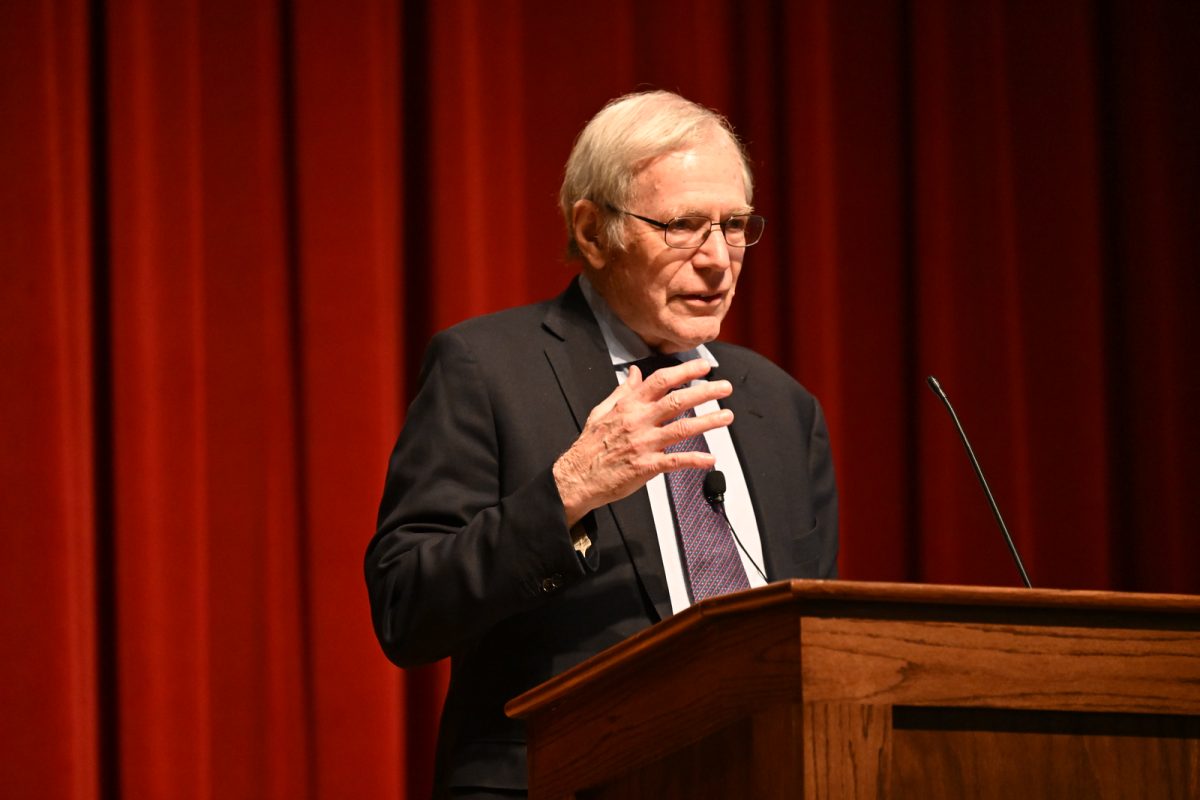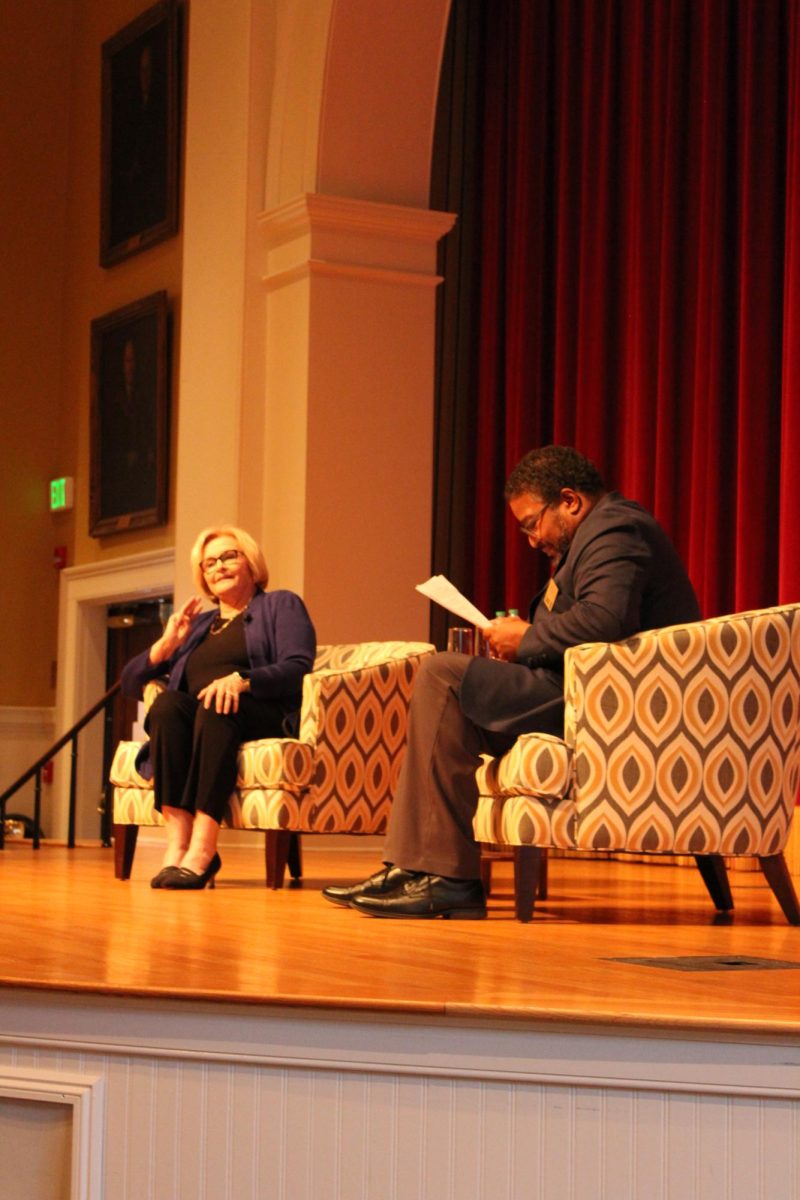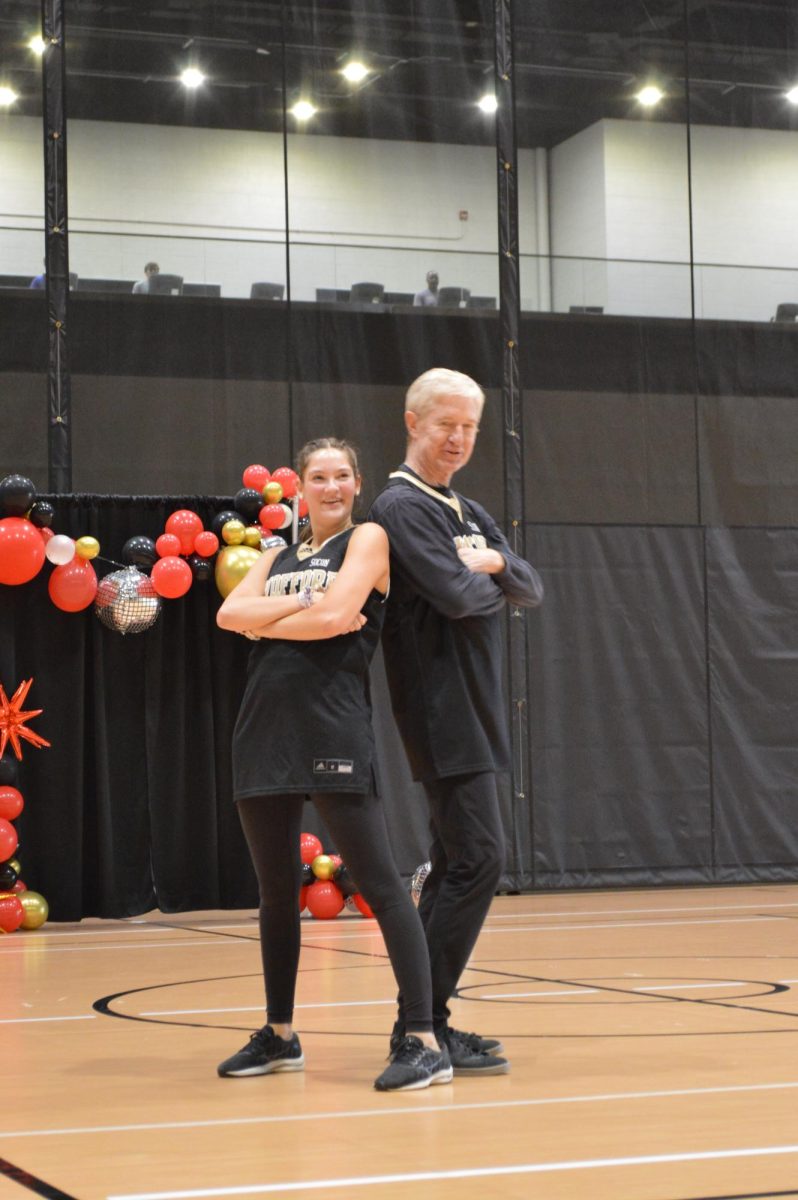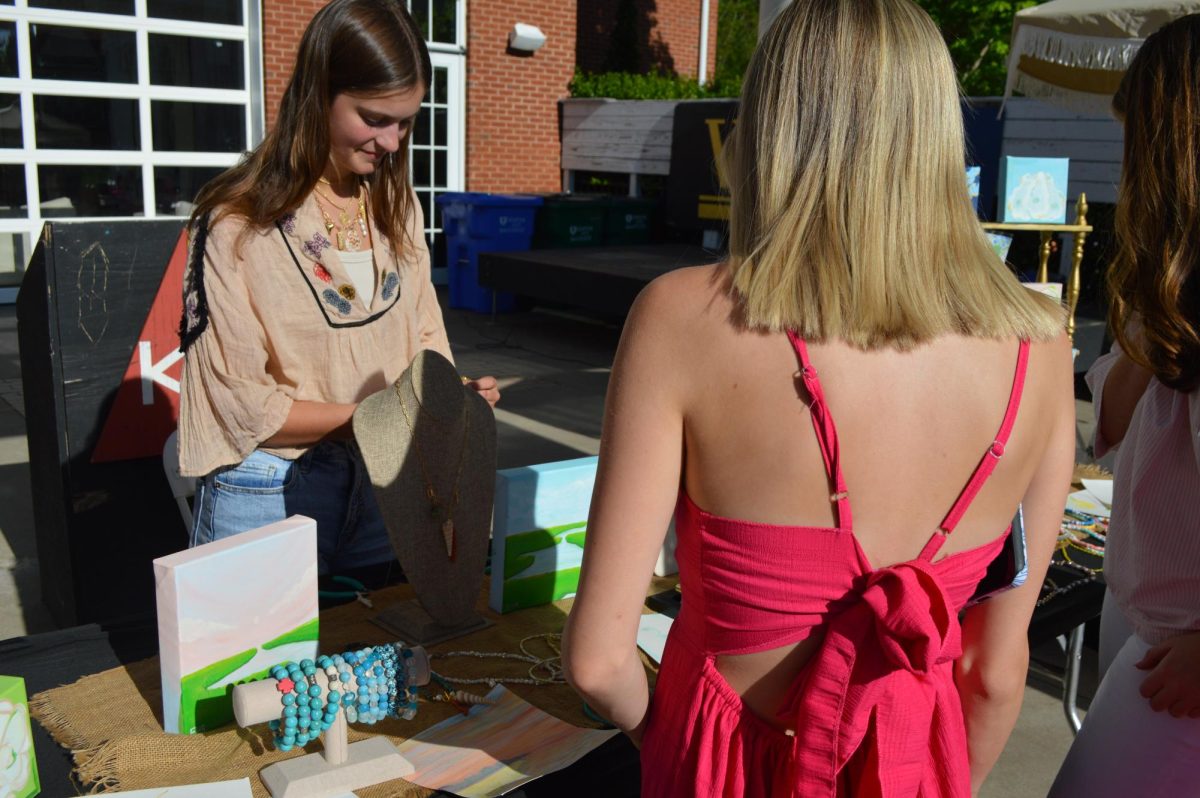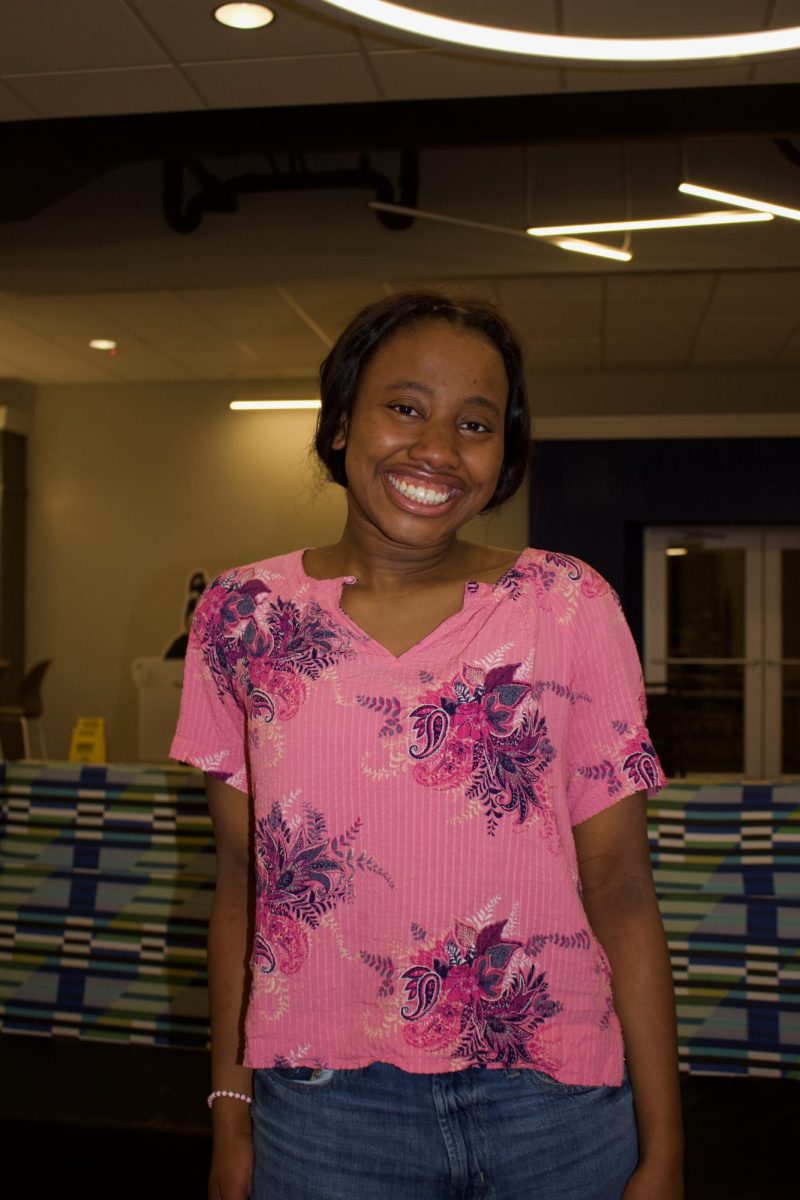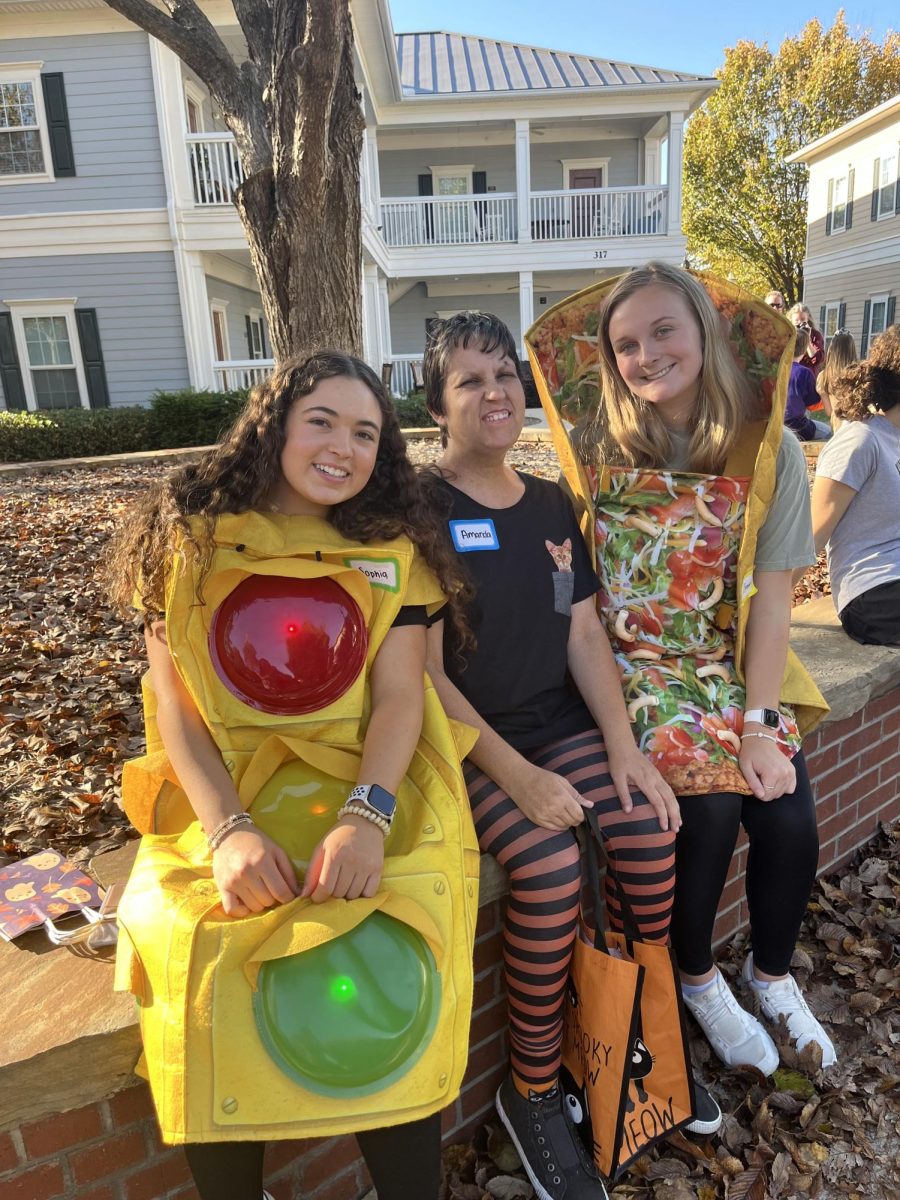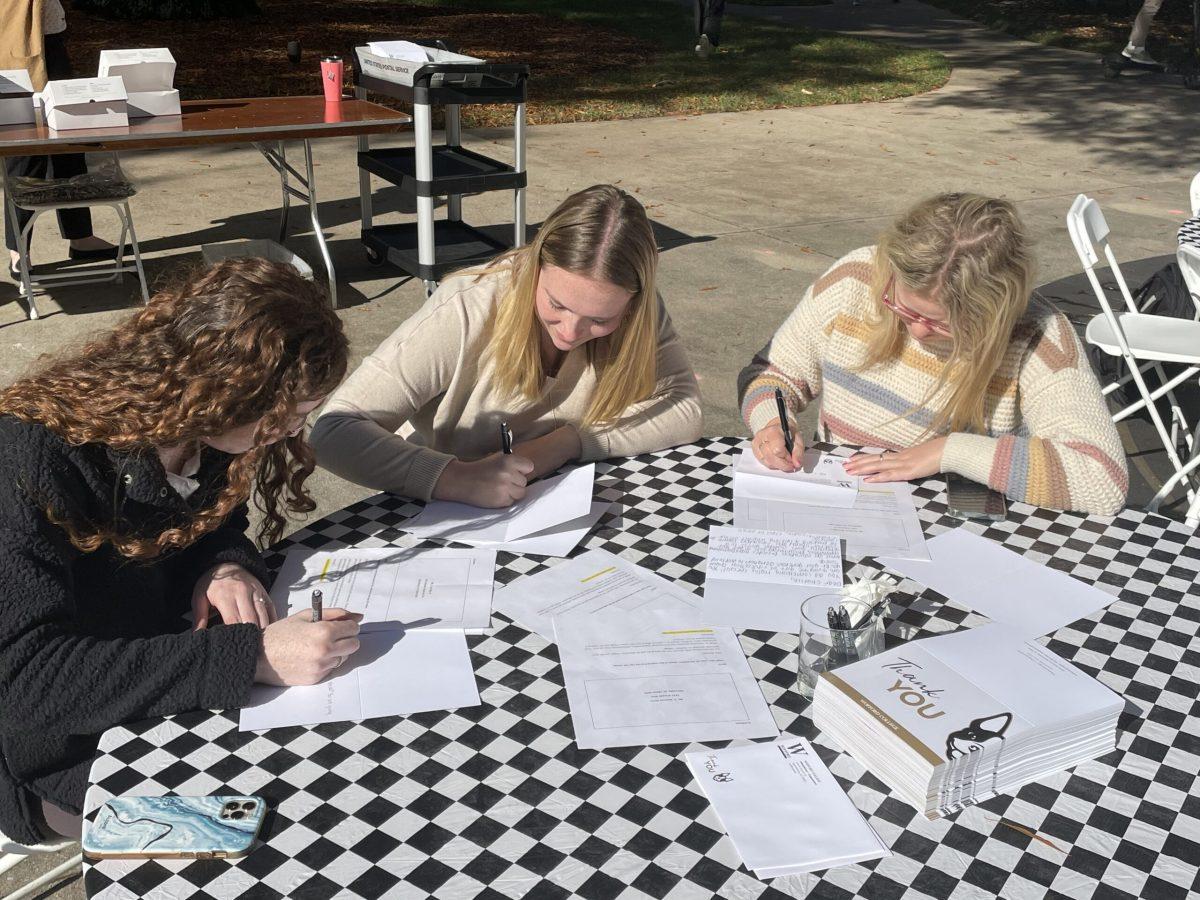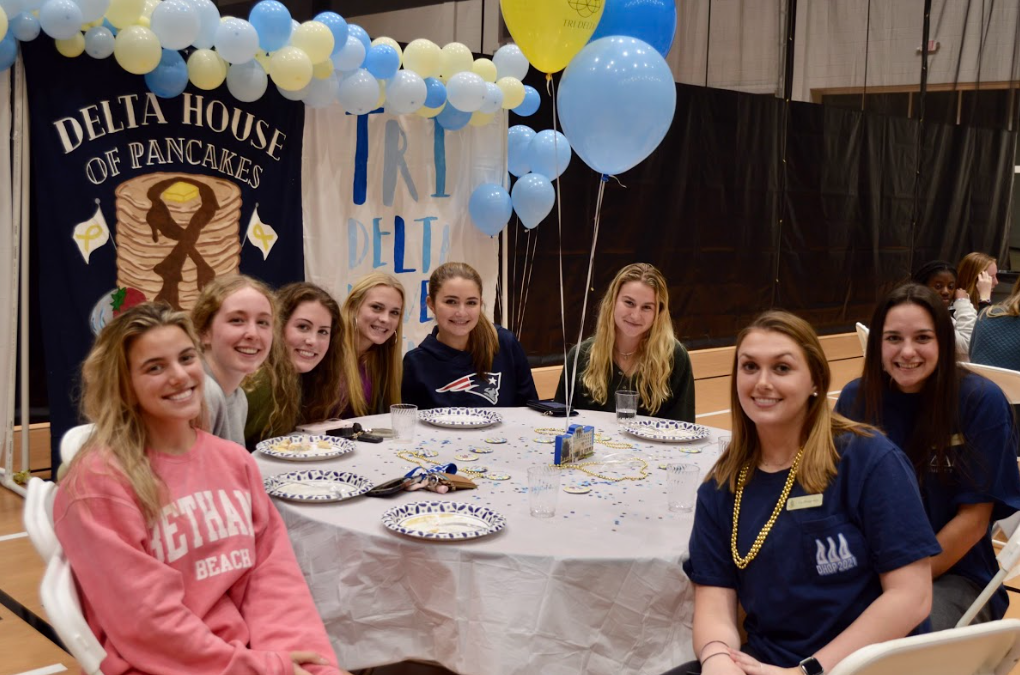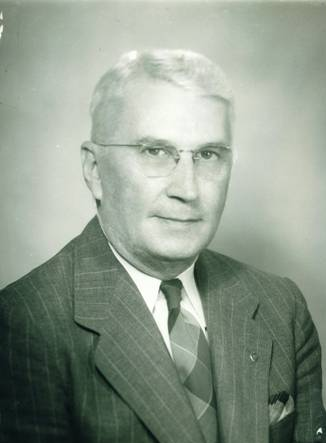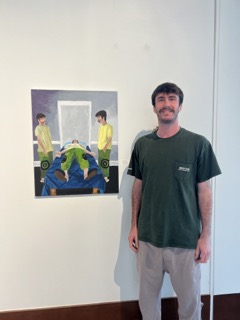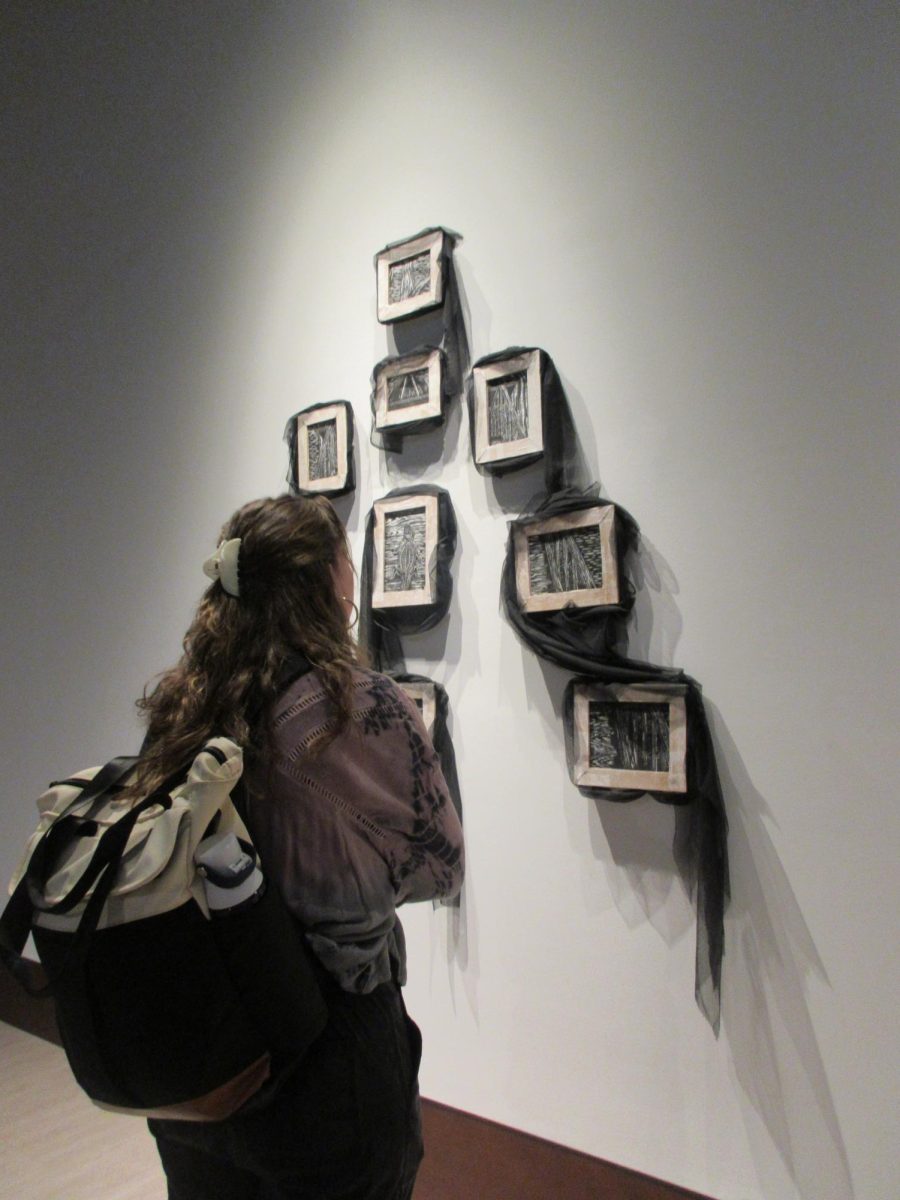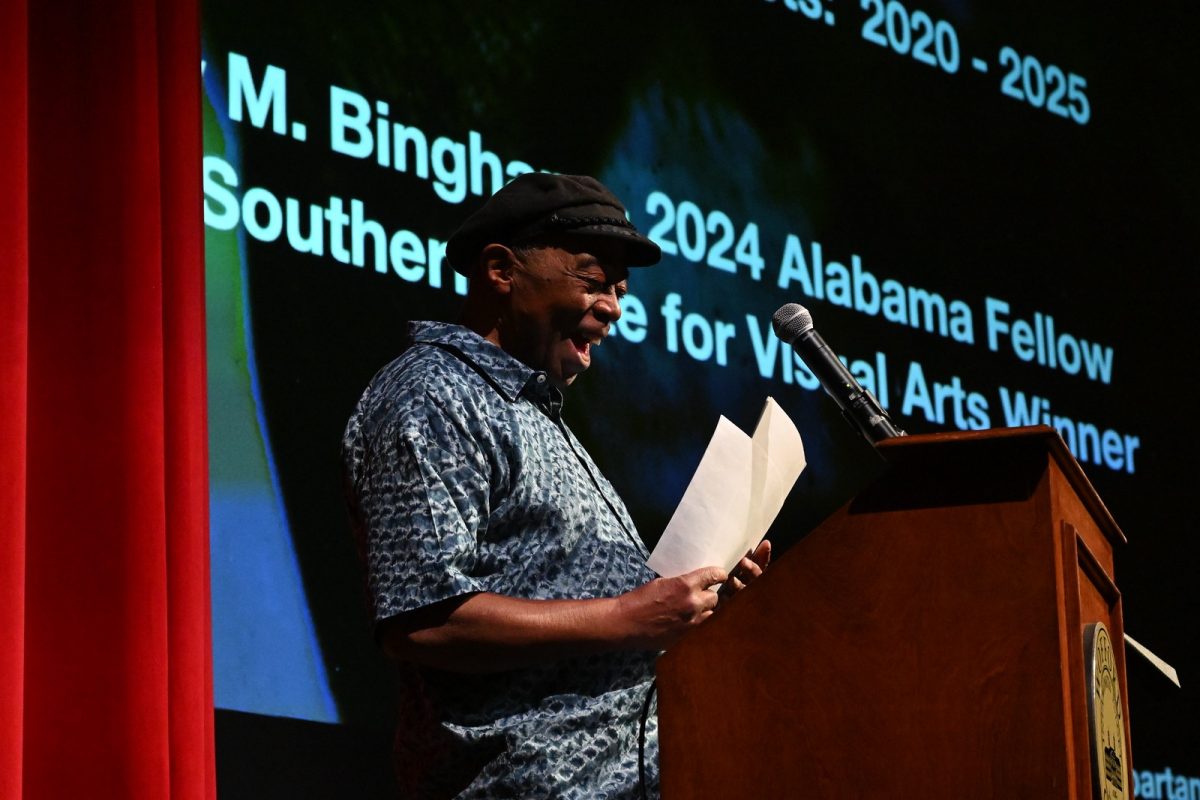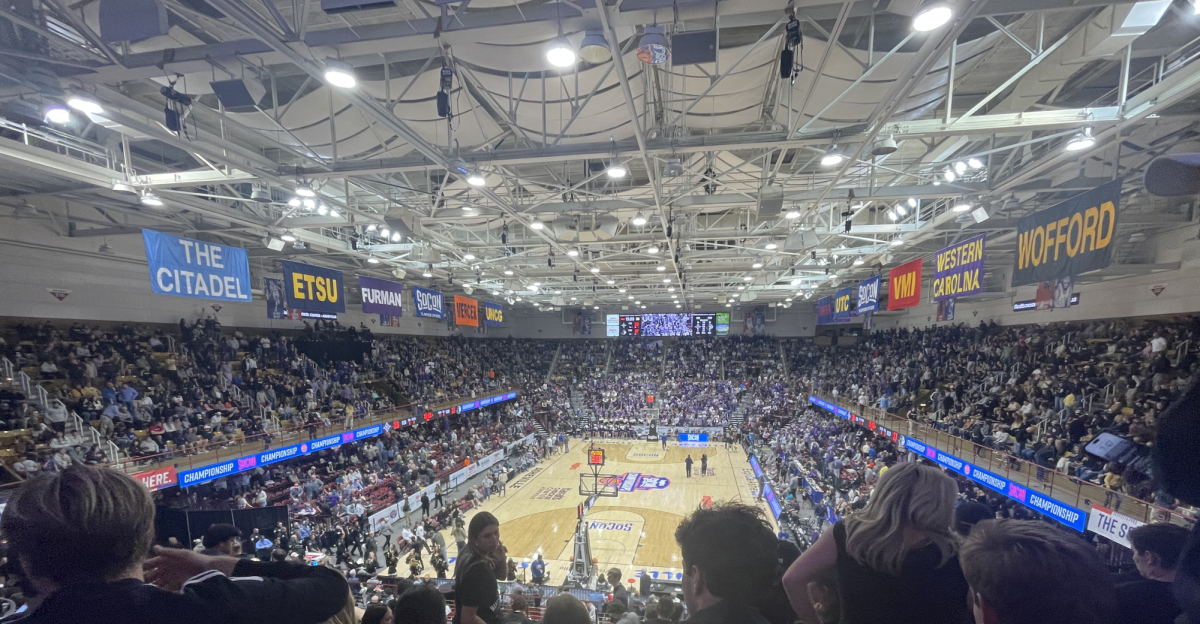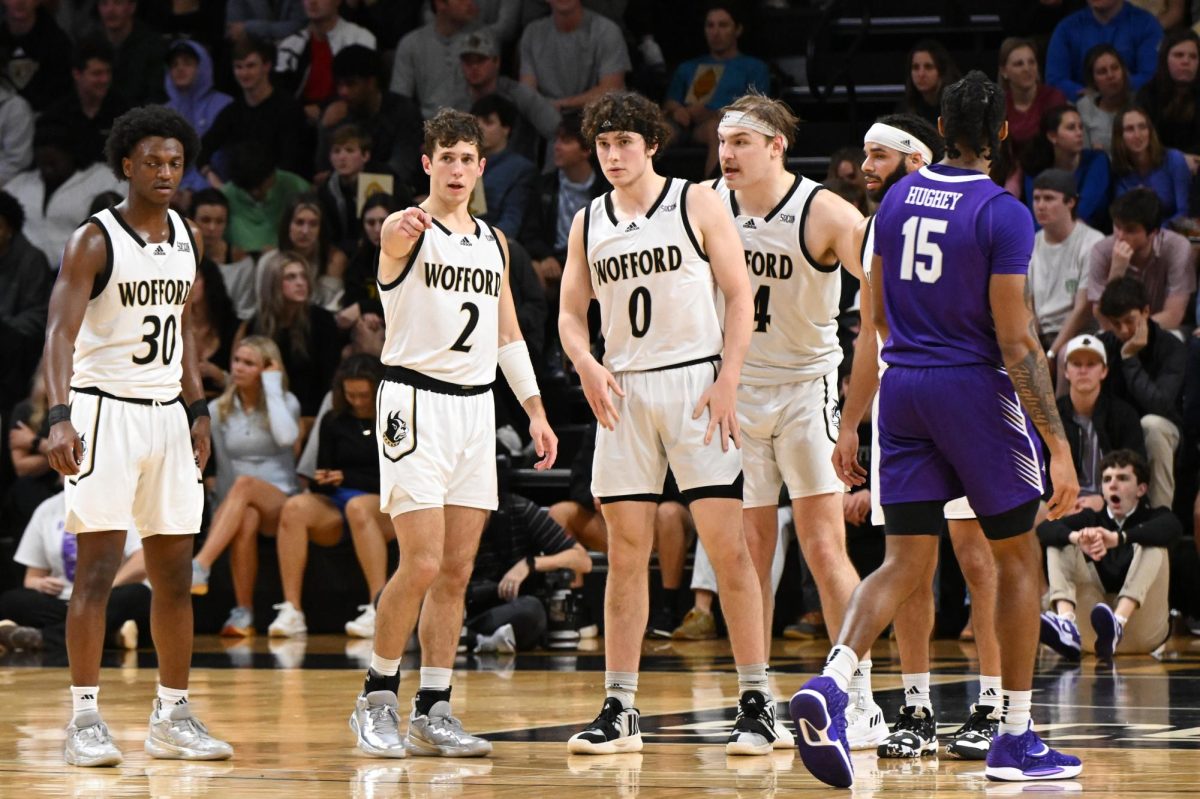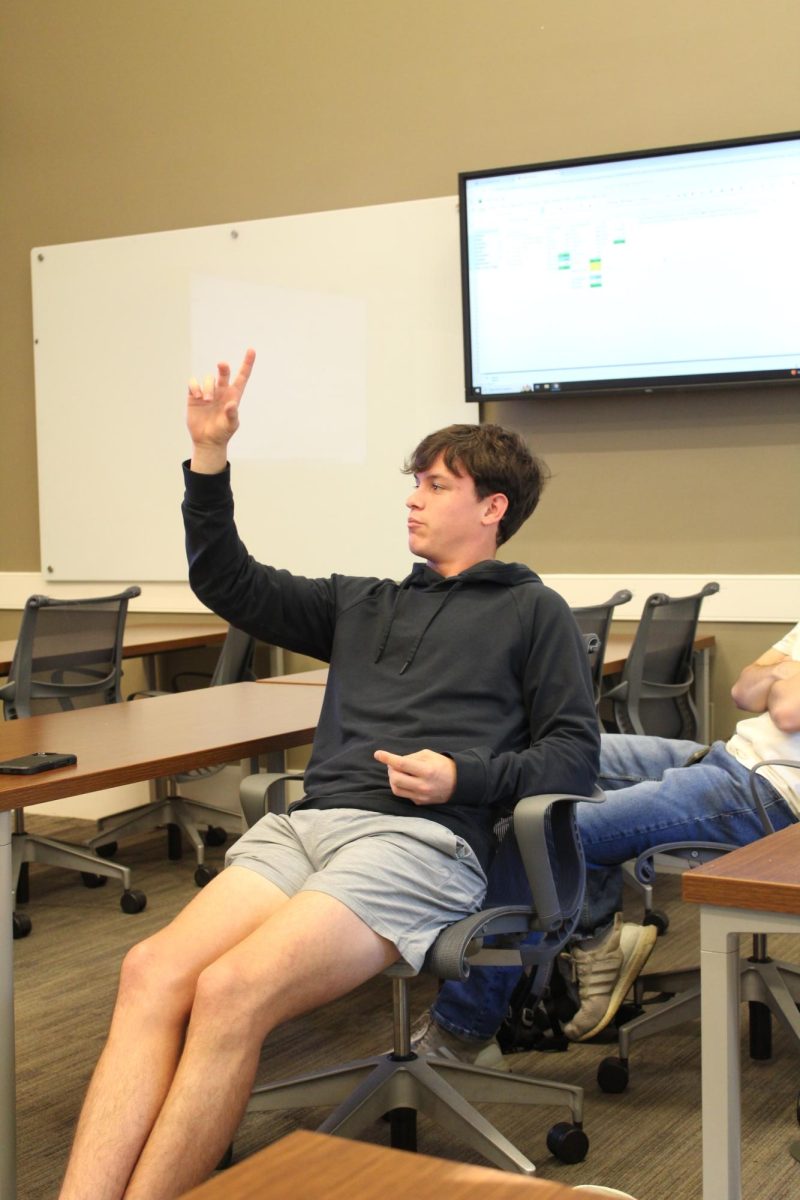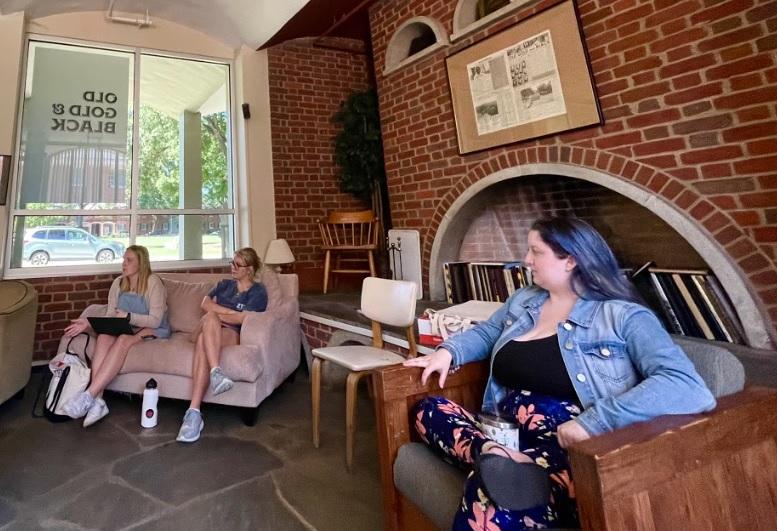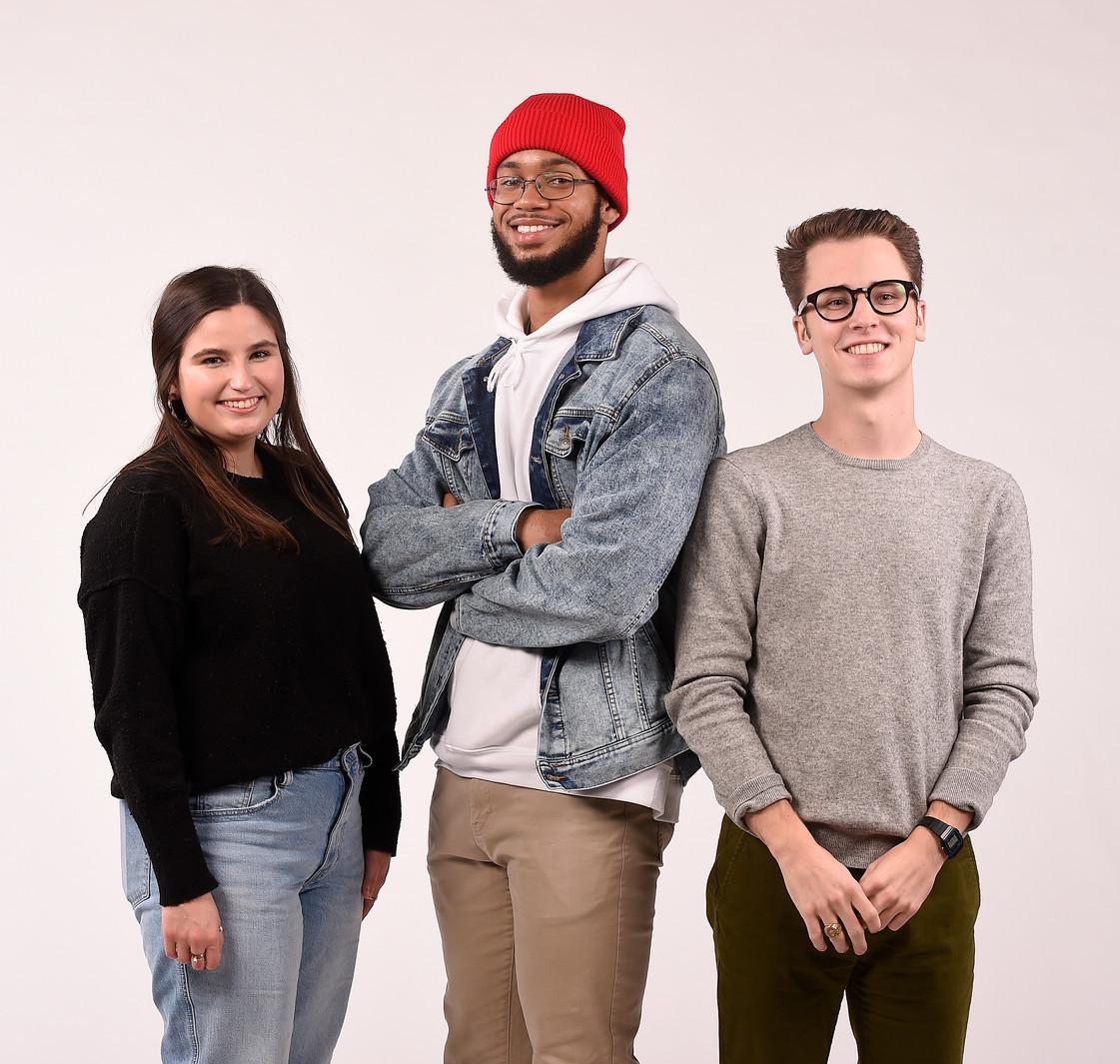By: Essence Buckman, senior writer
“This is a week,” says professor Jessica Scott-Felder, “ It’s a wave of Afrofuturism right now.”
During the week leading up to the premier of the long awaited, acclaimed movie Black Panther, Wofford experienced some conversations which relate to and bring a better understanding of the movie.
As a part of continuing Black History Month events, black artists were highlighted during the week of Feb. 12 to Feb. 16. Three simultaneous events occurred and were spearheaded by black women. A conversation on Afrofuturism and Pleasure, and an exhibition were introduced to Wofford’s campus starting on Valentine’s Day.
Firstly, cultural producer, arts advocate and former candidate for mayor of Detroit, Ingrid LaFleur, visited Wofford’s campus to speak on the future of Afrofuturism and pleasure. Afrofuturism is described as something which alters realities and perceptions. Black and brown bodies are inserted into spaces they usually would not be a part of.
Afrofuturism started as a cultural movement in 1996 expressing cultural literacy through science fiction and fantasy, while also teaching about invisibility. In relation to the movement, LaFleur mentions there are more familiar terms, such as Afro-punk, which is punk and rock culture created by black people.
“The aesthetic in the artwork comes onto black people’s bodies,” she says.
LaFleur also states that “Afrofuturism is to be implemented in the now” since the future is not far away, but close. She also believes that in order for a person to understand Afrofuturism, they need to experience it. She views it to include evolvement, alteration of destiny within black bodies and a decolonization of time.
Six years ago, shecreated “Afrotopia” when she returned to Detroit after travelling, which is a research project meant to “investigate the possibilities of using the arts movement of Afrofuturism as psychosocial healing.”
During her talk on Feb. 14, LaFleur talke about the intersectionality of Afrofuturism and how it involves any and everyone who believes in it. A panel discussion followed her presentation and included LaFleur and Dr. Cassandra Jones, director and assistant professor of the African/African American studies program at USC-Upstate. Jones is particularly interested in Afrofuturism as well, and was instrumental in bringing LaFleur to Spartanburg.
Another event featured Wofford’s own Jessica Scott-Felder, assistant professor in the art department and advisor of the A/AAS program, who presented her exhibit on Feb. 15.
From decorated furniture, an eight-foot tall chair, to vinyl records, this exhibit explores multiple things.
Scott-Felder describes her exhibit as an “interdisciplinary creative journey looking at Afro-futurist writing,” such as through the example of Harriet Tubman and conflating her figure with science to show that everyone imagines.
The artwork in her exhibit includes references from her parental experience, and her journey from Atlanta, Ga., to Spartanburg, S.C. She experiences a “different type of Southerness” that she does not understand. Scott-Felder says the exhibit reveals her questioning of what is means to be Southern.
On Mondays and Wednesdays from 1-3 p.m. professor Scott-Felder will be available at her exhibit to answer any questions about her process and its meaning.

